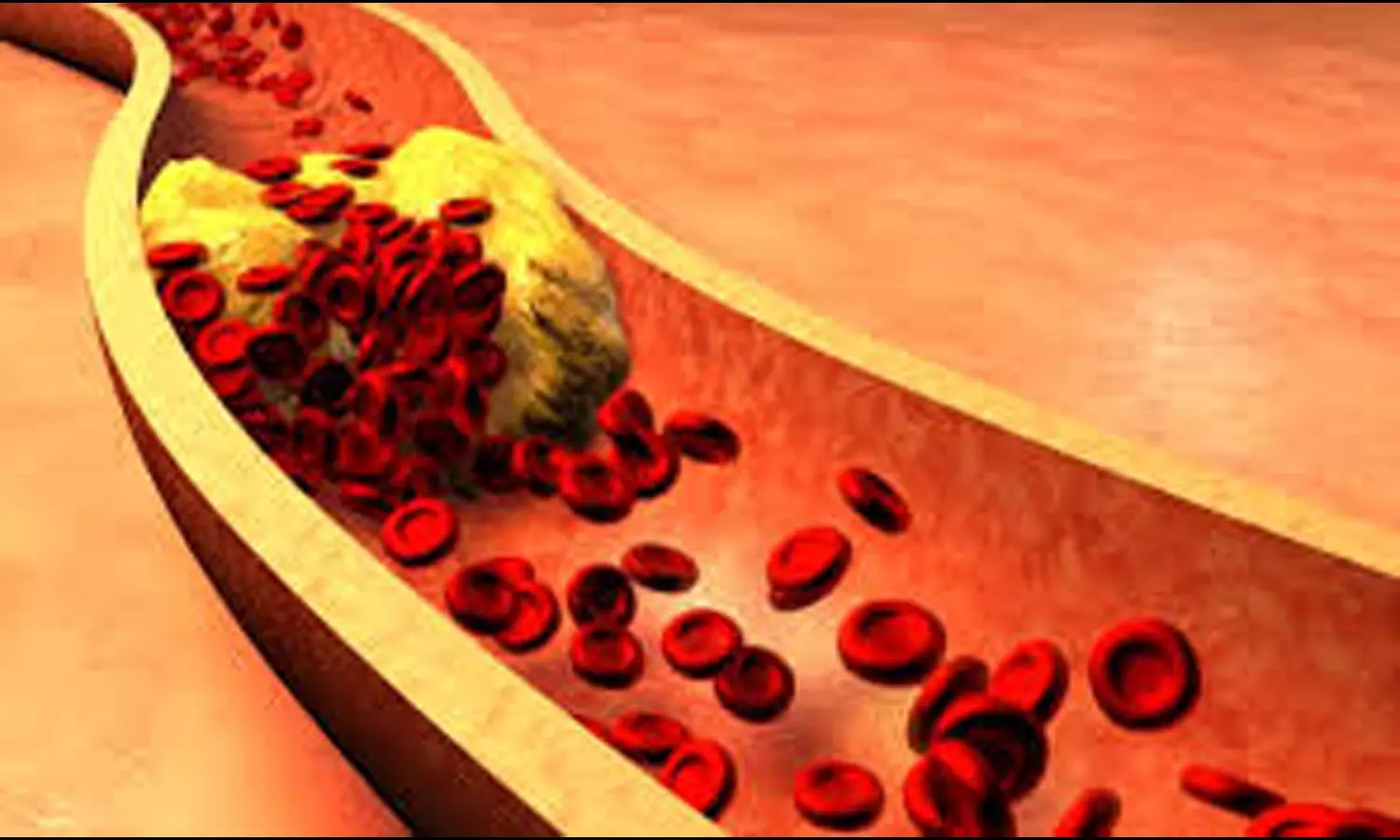Elevated TyG Index Linked to Higher Risk of Developing Gout: Study
- byDoctor News Daily Team
- 28 October, 2025
- 0 Comments
- 0 Mins

Researchers found that greater triglyceride-glucose (TyG) index, a marker of insulin resistance, is highly associated with greater risk of gout development in the general population. The study, analyzing data from over 300,000 South Korean adults for 17 years, found that greater TyG index levels are a powerful predictor of gout development. The study was published inScientific Reportsjournal by Yoonkyung C. and colleagues. The study employed data from the South Korean National Health Screening Cohort Database from 2002 to 2019, enrolling 300,107 participants who had no gout history before enrollment and received at least three TyG index measurements. TyG index is derived from fasting glucose and triglyceride values and is regarded as a valid surrogate marker for insulin resistance. The aim was to study whether the change and the levels of this index over time would predict the development of gout. Participants were followed for a median of 9.62 years (interquartile range: 8.72 to 10.53 years). Researchers applied time-dependent and average-based Cox proportional hazards analysis to evaluate the correlation between the TyG index and the development of gout, with adjustment for confounding variables of age, sex, BMI, lifestyle, and comorbidities. Key Findings In follow-up, 14,116 patients about 4.72% of the cohort were diagnosed with gout. The findings showed a strong and linear association between elevated TyG index levels and the development of gout: For each unit increase in the TyG index, the risk of gout increased by 15% (Hazard Ratio [HR] 1.150; 95% Confidence Interval [CI] 1.116–1.184). When participants were divided on the basis of quartiles of TyG index, the highest quartile had a 32.6% increased risk of gout as compared to the lowest quartile (HR 1.326; 95% CI 1.260–1.397). The findings showed a J-shaped curve indicating that risk of gout is fairly constant at lower levels of TyG but increases steeply after a cut-off point. This large-scale, long-term cohort study confirms that a high TyG index is a robust and independent predictor of future gout risk in the general population. The observed dose-response relationship and the reported J-shaped pattern serve to reinforce further the role of metabolic health in the prevention of gout. Monitoring and regulation of insulin resistance through lifestyle or pharmacologic intervention may therefore offer an effective means to reduce the burden of gout worldwide.
Disclaimer: This website is designed for healthcare professionals and serves solely for informational purposes.
The content provided should not be interpreted as medical advice, diagnosis, treatment recommendations, prescriptions, or endorsements of specific medical practices. It is not a replacement for professional medical consultation or the expertise of a licensed healthcare provider.
Given the ever-evolving nature of medical science, we strive to keep our information accurate and up to date. However, we do not guarantee the completeness or accuracy of the content.
If you come across any inconsistencies, please reach out to us at
admin@doctornewsdaily.com.
We do not support or endorse medical opinions, treatments, or recommendations that contradict the advice of qualified healthcare professionals.
By using this website, you agree to our
Terms of Use,
Privacy Policy, and
Advertisement Policy.
For further details, please review our
Full Disclaimer.
Recent News
Merck Keytruda wins European Commission nod for lo...
- 30 October, 2025
UP NEET 2025 round 3 allotment results postponed
- 30 October, 2025
Achin Gupta to succeed Umang Vohra as Cipla MD, GC...
- 30 October, 2025
Mumbai shocker: KEM Hospital doctor stabbed by col...
- 30 October, 2025
Daily Newsletter
Get all the top stories from Blogs to keep track.


0 Comments
Post a comment
No comments yet. Be the first to comment!